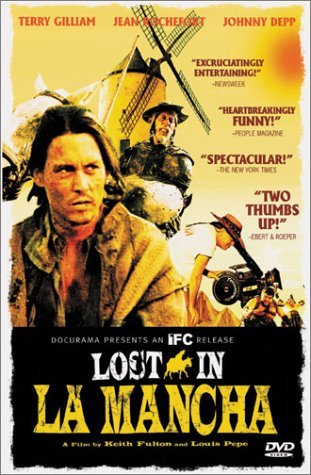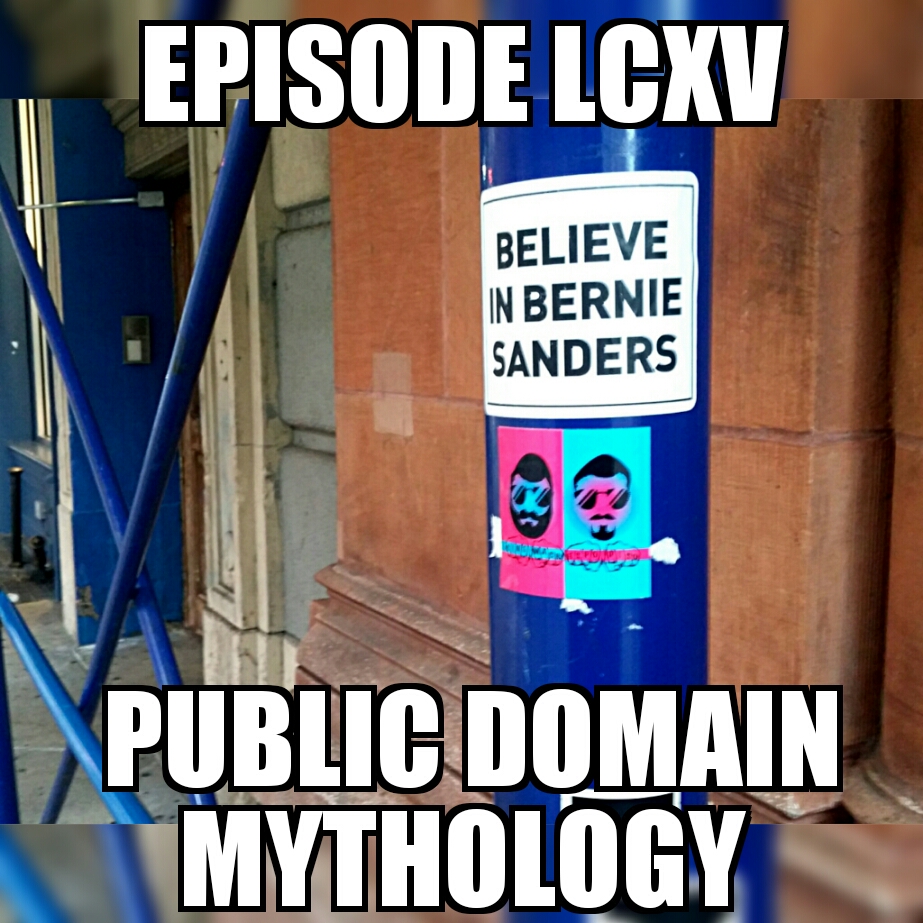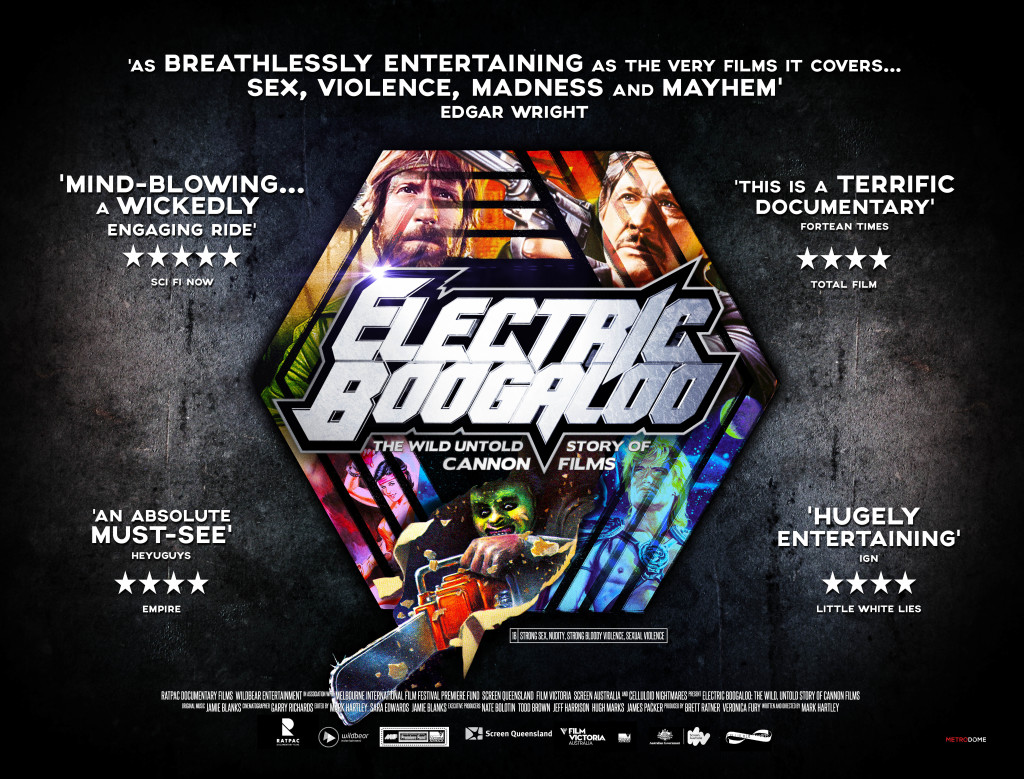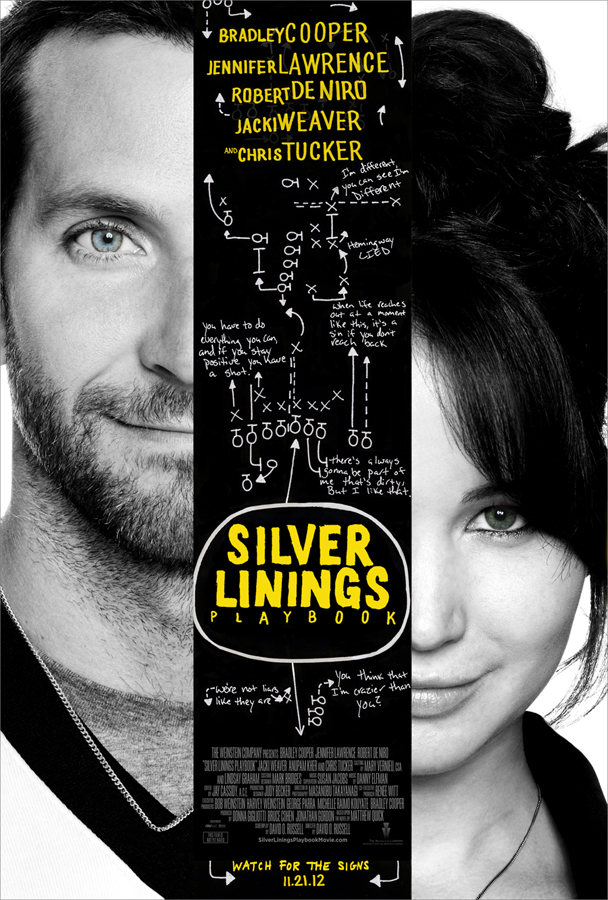As heard in episode 165 of Cinema Crespodiso.
From 2002, “Lost In La Mancha” started life as a making-of documentary for Terry Gilliam’s bizarre adaptation of the classic novel “Don Quixote,” which was to be titled “The Man Who Killed Don Quixote.” Starring Johnny Depp as a 21st-century fella who time travels to a time and a place in which Don Quixote is alive and real, this movie was a dream project for Terry Gilliam, and the beginning of this production was a moment for him to celebrate. This celebration was quickly cut short, as problems plagued the production immediately, to the point where this making-of documentary became its own film, and became an “unmaking-of” film, the story of a movie production that stalled out and then died, a tale of “what could have been.”
Why are documentaries about unfinished movies or disastrous movie productions so fascinating? Joining the ranks of great films like “Jodorowsky’s Dune” and “Lost Soul: The Doomed Journey of Richard Stanley’s Island of Dr. Moreau,” this particular documentary shows us everything – we see the idea take shape, and the elements come in to place to get the production started, and we see cameras roll and we get an idea of what this movie was even going to look like and how Gilliam was going to pull off certain effects, and then we see the shit hit the fan one piece at a time, until the whole things gets mucked up to the point of no return. Thanks to the extreme level of access these filmmakers had to the production, they were there for it all and they captured it all, which then means we get to be the flies on the wall of this failed film, which is something many people don’t get to see.









